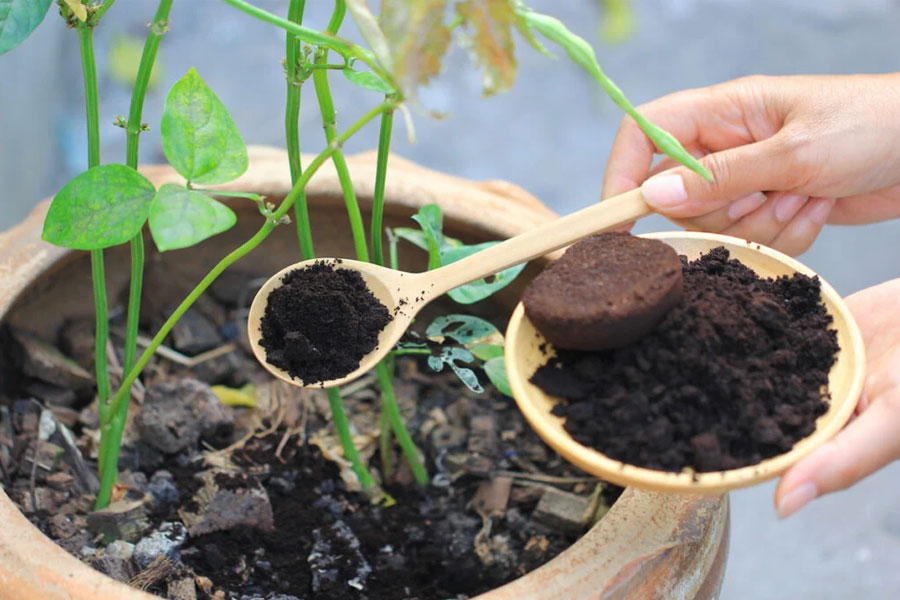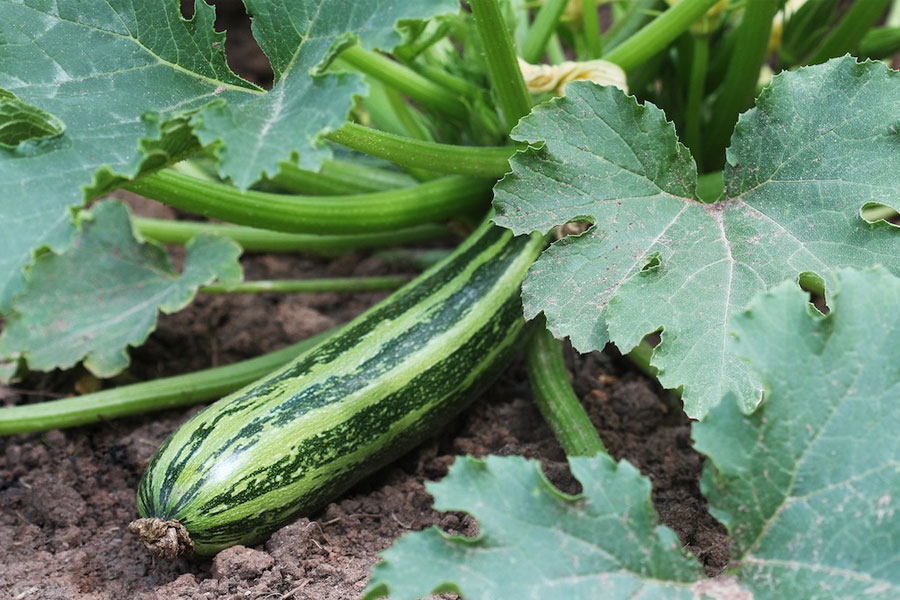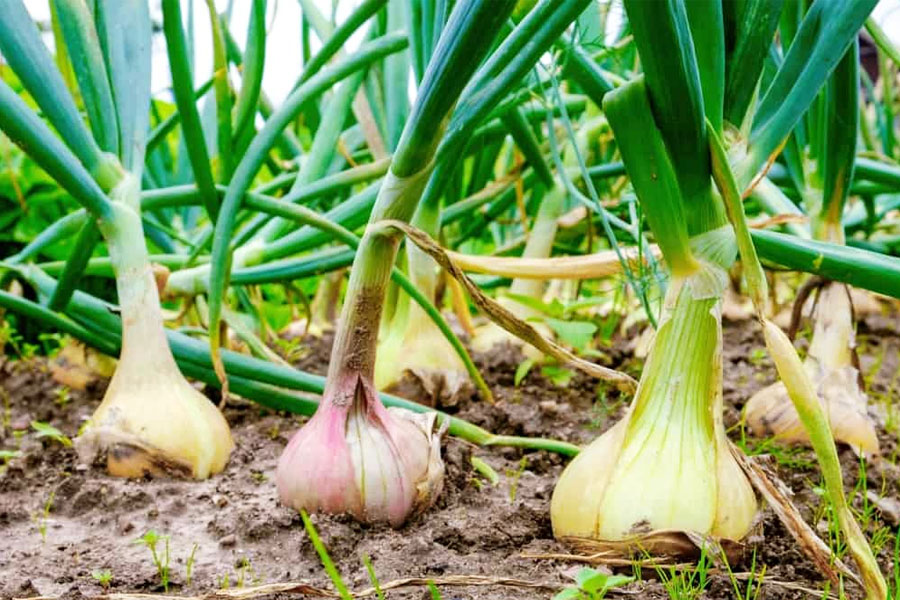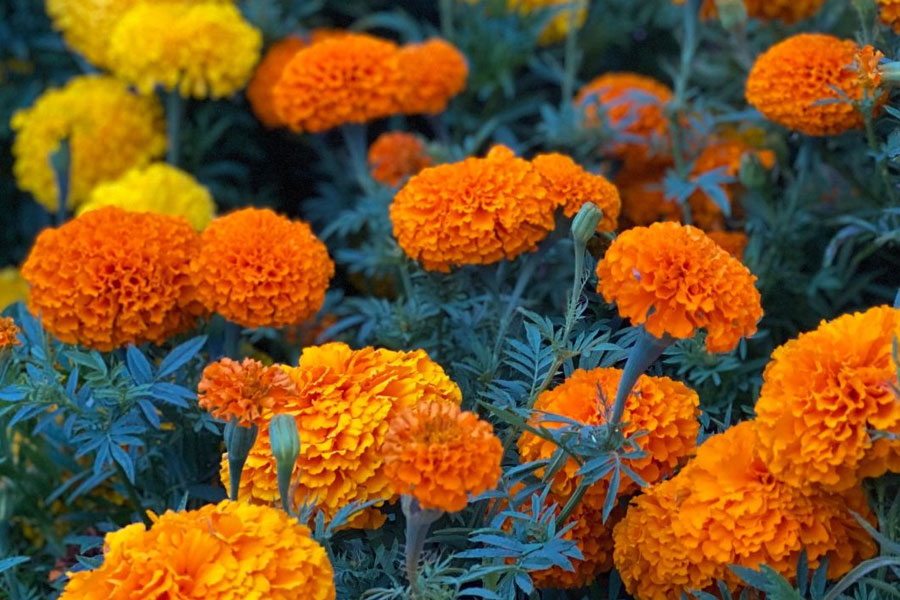
Peppers are a diverse and vibrant group of plants belonging to the genus Capsicum. Known for their wide range of flavors, from sweet to fiery hot, peppers are a staple in many culinary traditions around the world. This article delves into the different species of peppers, their characteristics, ideal growing conditions, planting and care tips, common issues and solutions, and their numerous benefits.
What is the Scientific Name for Peppers?
The scientific name for the pepper plant is Capsicum. Different species within this genus include Capsicum annuum, Capsicum frutescens, Capsicum chinense, Capsicum baccatum, and Capsicum pubescens.
Species of Peppers
Peppers come in various species, each with unique characteristics. The most commonly cultivated species include:
- Capsicum annuum:- This species encompasses a wide variety of peppers, including bell peppers, jalapeños, and cayenne peppers. They are known for their versatility and are widely used in both culinary and ornamental applications.
- Capsicum frutescens:- Species in this group include the famous Tabasco pepper. They are typically smaller and more pungent compared to other species.
- Capsicum chinense:- This species is known for some of the hottest peppers in the world, such as the Habanero and the Carolina Reaper. They are prized for their intense heat and fruity flavors.
- Capsicum baccatum:- These peppers, including the Aji Amarillo, are commonly used in South American cuisine. They are known for their medium heat and unique flavors.
- Capsicum pubescens:- Characterized by their hairy leaves and purple flowers, this species includes the Rocoto pepper. They are less common but valued for their distinct taste and thick flesh.
Description and Characteristics
Appearance
Peppers vary widely in shape, size, and color. Bell peppers, for instance, are typically large, blocky, and come in green, red, yellow, and orange varieties. Hot peppers like the Habanero are smaller, more conical, and range from green to orange and red as they ripen.
Flavor
The flavor of peppers can be sweet, mild, or extremely hot, depending on the species and variety. Sweet bell peppers have a crisp texture and a mild, sweet flavor, while hot peppers can range from mildly spicy to intensely fiery, with some like the Carolina Reaper reaching over 2 million Scoville Heat Units.
Plant Structure
Pepper plants are typically bushy and herbaceous with a robust and well-branched structure. They exhibit a central stem that supports various side branches, each of which bears leaves and flowers. The leaves are generally broad, ovate, and dark green, contributing to the plant’s dense foliage.
Pepper flowers are small, white, and bell-shaped, typically self-pollinating.
Growing Habit
Peppers thrive in warm climates with plenty of sunlight, requiring well-drained, fertile soil and consistent watering.
Nutritional Value
Peppers are low in calories but high in vitamins and minerals. They are particularly rich in vitamin C, vitamin A, vitamin K, and vitamin B, along with minerals like potassium and manganese.
Ideal Growing Conditions
1. Warm Climate
Peppers ideally grow in warm climates. They require a growing season with consistent temperatures between 21°C to 29°C. They are sensitive to frost and should be planted after the last frost date in spring.
2. Well-Drained Loamy Soil
Well-drained, loamy soil with a pH between 6.0 and 7.0 is ideal for peppers. Adding organic matter like compost can improve soil fertility and drainage.
3. Consistent Watering
Peppers need regular watering to maintain consistent soil moisture. However, overwatering can lead to root rot, so it is essential to allow the soil to dry out slightly between waterings.
4. Full Sun Exposure
Peppers require full sun exposure for optimal growth and fruit production. They should receive at least 6 to 8 hours of sunlight daily.
5. Good Air Circulation
Proper spacing between pepper plants is essential for good air circulation. You should space plants 18 to 24 inches apart in rows spaced 24 to 36 inches apart.
Planting and Care Tips
Planting
- Choose a location with full sunlight exposure, preferably in a well-drained area.
- Plant pepper seeds at least 18 to 24 inches apart to allow ample space for growth.
- Dig holes slightly larger than the root ball of the seedling and plant it at the same depth.
- Water the newly planted peppers thoroughly to help them establish their roots.
Care
- Apply a balanced fertilizer high in phosphorus, potassium, and nitrogen every 4-6 weeks throughout the growing season.
- Mulch around the base of pepper plants to conserve moisture, suppress weeds, and maintain soil temperature.
- Pinch off the first flowers that appear on young pepper plants to encourage bushier growth.
- Grow ideal companion plants around peppers to deter pests, enhance soil fertility, and provide essential nutrients.
Common Issues and Solutions
1. Nutrient Deficiencies
Pepper plants may exhibit symptoms of nutrient deficiencies, such as yellowing leaves or stunted growth.
Solution:- Conduct a soil test to determine nutrient levels and adjust fertilizer application accordingly. You can also plant beans or peas around pepper plants to enhance soil fertility and provide essential nutrients for peppers.
2. Environmental Stress
Extreme temperatures, especially heatwaves, can stress pepper plants, leading to reduced yields or flower drop.
Solution:- You can provide shade during hot periods and ensure consistent watering to mitigate environmental stress.
3. Pests
Pepper plants can be susceptible to pests like aphids, whiteflies, and pepper maggots.
Solution:- You have to regularly inspect plants for signs of infestation. Adopt an organic method like growing companion plants like basil and marigolds around the pepper plants to repel pests.
Peppers are best companions for onions helping each other in reducing pest infestations and promoting fruit production.
4. Diseases
Peppers may suffer from diseases such as bacterial spot, powdery mildew, and verticillium wilt.
Solution:- You have to provide proper spacing between plants, and avoid overhead watering to prevent these diseases. You can also use Fungicides or copper-based sprays for severe infections.
Health Benefits of Peppers
- Peppers are packed with essential vitamins and minerals, such as vitamin C, which supports immune function, skin health, and vitamin A, potassium, and folate, contributing to overall health and well-being.
- Rich in antioxidants such as carotenoids and flavonoids to protect your body from oxidative stress and reduce the risk of chronic diseases like heart disease and cancer.
- Peppers, especially hot peppers like chili and cayenne can help reduce inflammation, potentially alleviating conditions such as arthritis and other inflammatory diseases.
- Peppers are low in calories and high in fiber, making them an excellent option for weight loss.
Frequently Asked Questions
1. What is the best time to plant peppers?
The best time to plant peppers is after the last frost date in spring, once the soil has warmed up and daytime temperatures consistently stay between 70°F and 85°F (21°C to 29°C).
2. How often should I water pepper plants?
Water pepper plants regularly to maintain consistent soil moisture, allowing the soil to dry out slightly between waterings to prevent root rot.
3. What are some common pests that affect pepper plants?
Common pests include aphids, spider mites, and whiteflies. These can be managed with insecticidal soap or neem oil.
4. How can I prevent diseases in pepper plants?
Prevent diseases by practicing crop rotation, using disease-resistant varieties, ensuring proper spacing for air circulation, and removing any diseased foliage promptly.
5. What nutrients are essential for healthy pepper plants?
Peppers require a balanced supply of nutrients, particularly nitrogen, phosphorus, and potassium. Regular fertilization and maintaining proper soil pH (6.0 to 7.0) are crucial for healthy growth.













